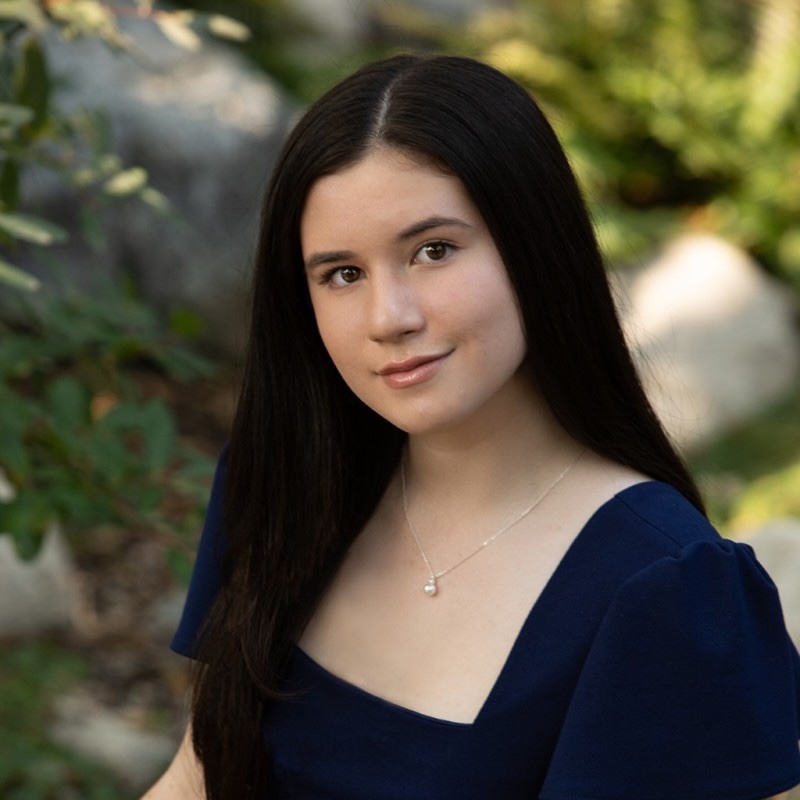Student Artists Explore Connections Between Self, Time, and Place in Photography Show
By Nora Sullivan Horner ’24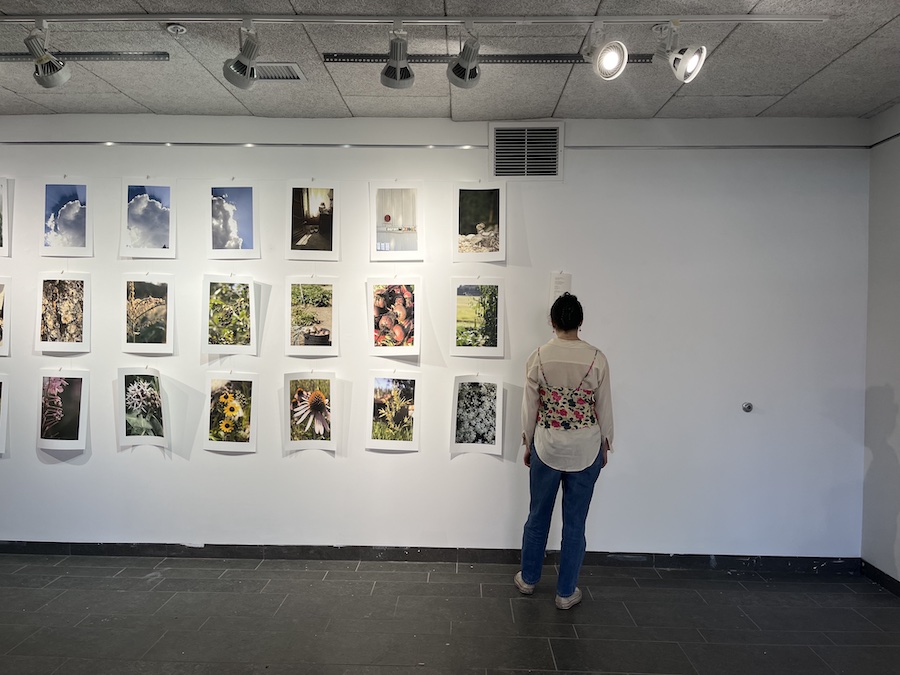
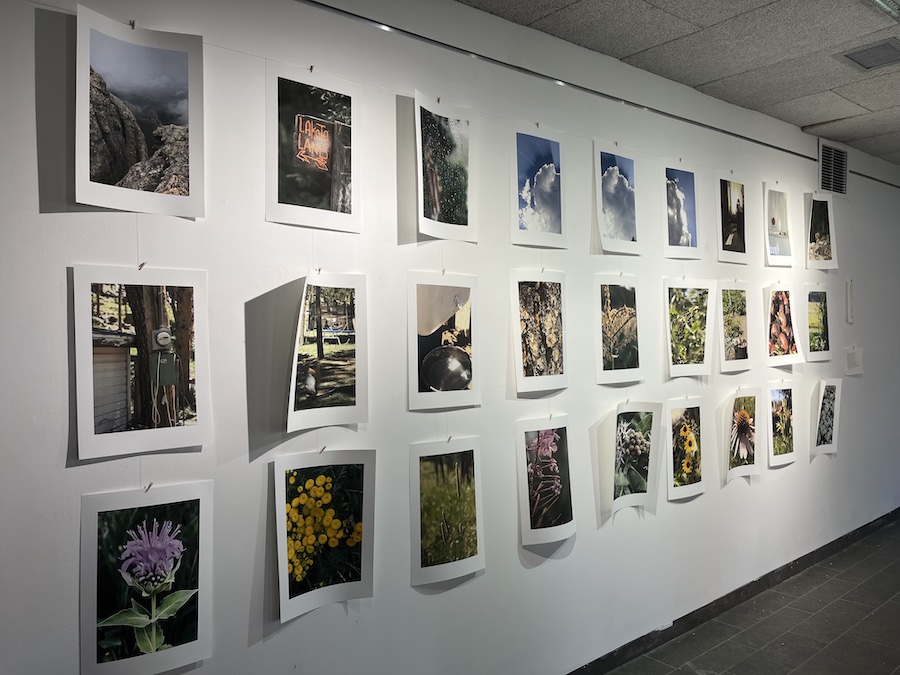
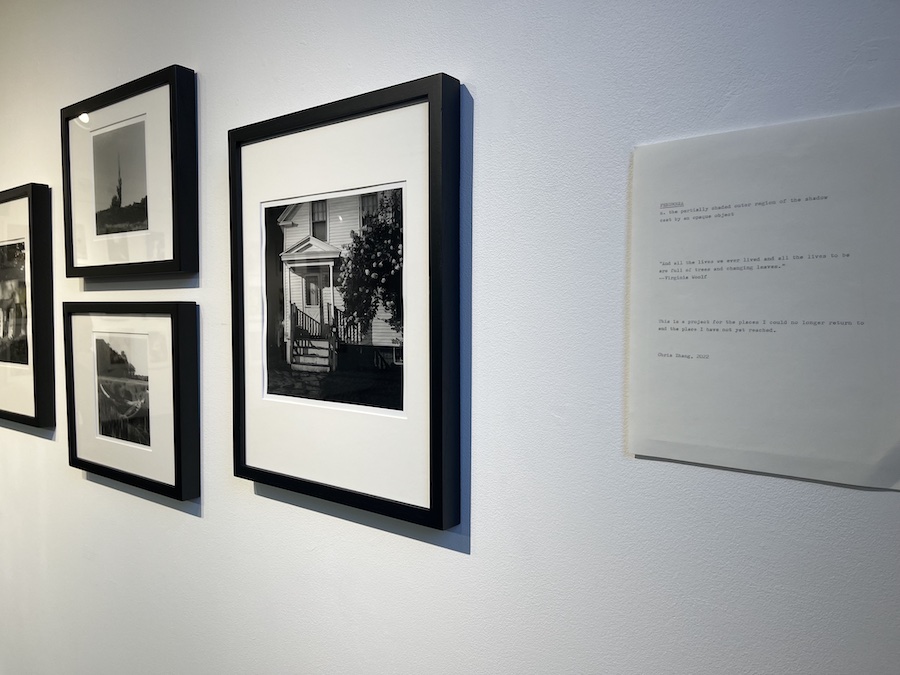
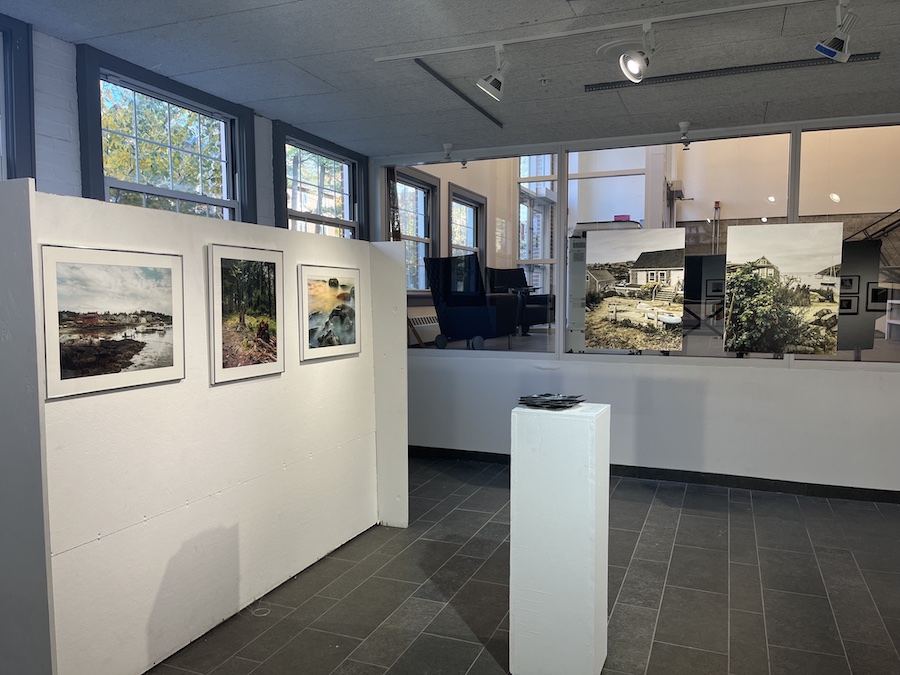
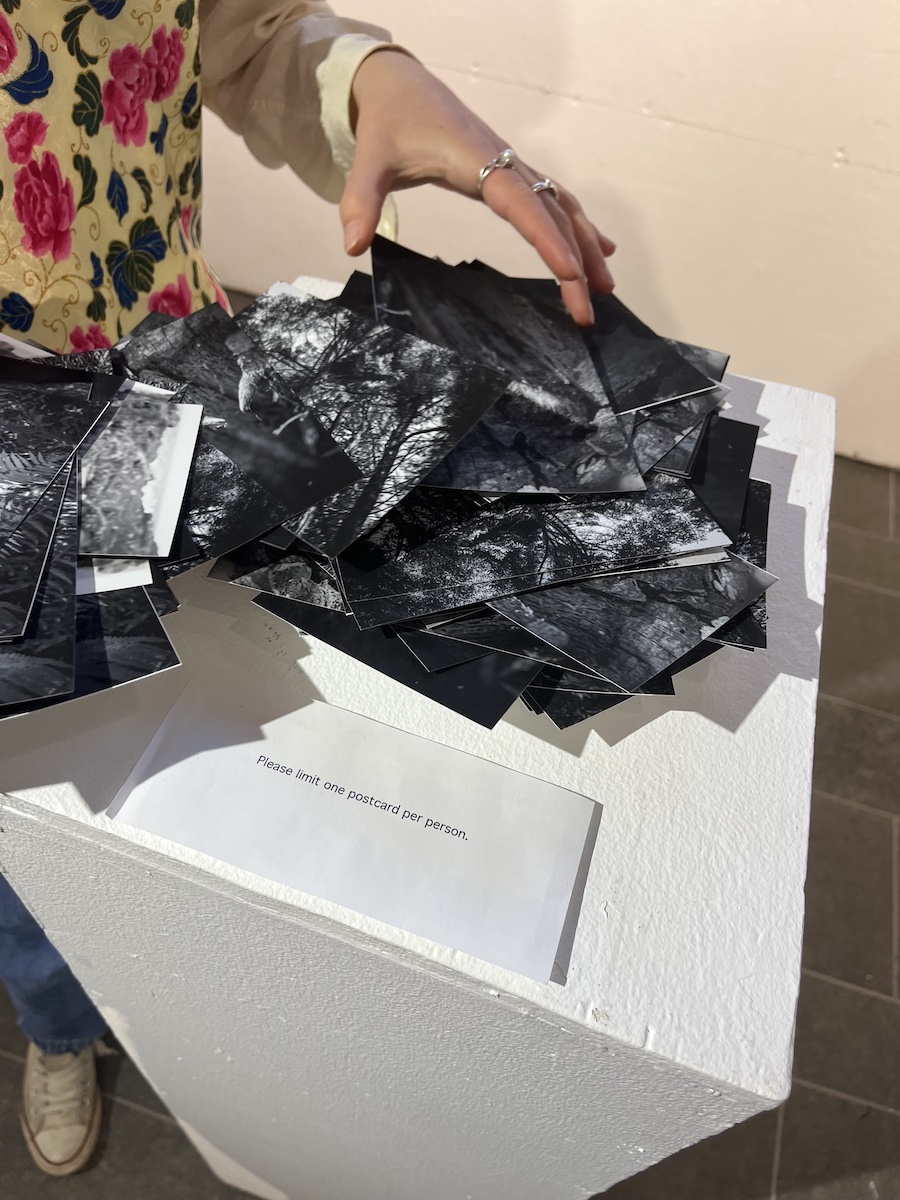
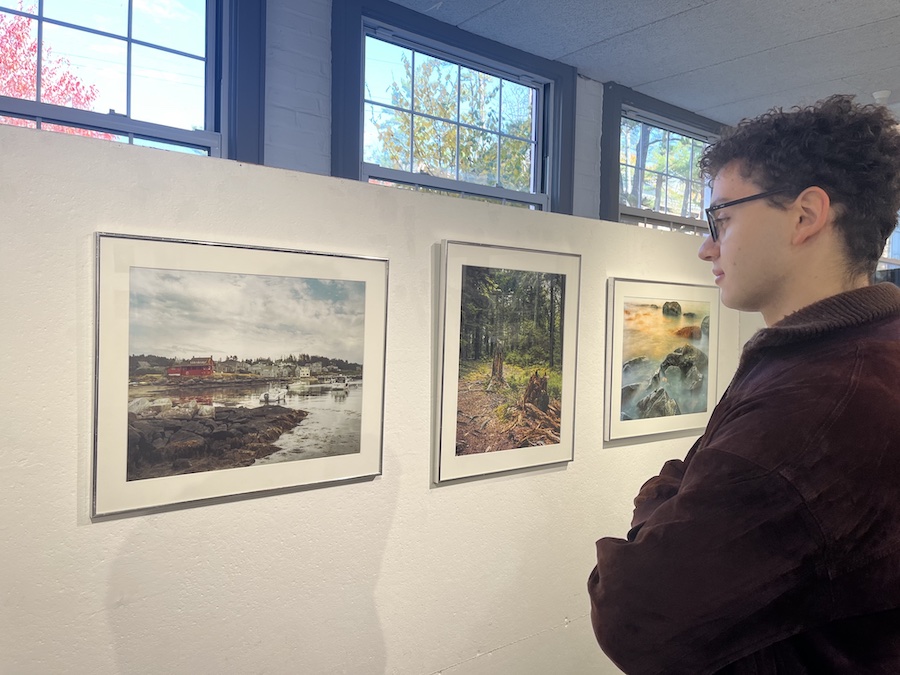
The three-person show features works by Chris Zhang ’25, Brandon Lozano ’24, and Keaghan Duffy ’23.
The McKee Photo Grant originates from the McKee Photography Fund, which was started by former students of beloved photography professor John Mckee, who retired in 2001 after almost forty years of teaching at the College.
The grant provides funding for supplies and travel expenses over the course of a summer. More importantly, it challenges students to propose, direct, and commit to a long-term project that will evolve as their ideas and circumstances change over time. In the fall, students create an exhibition of and give public presentations about the results of their experiences.
Midnight Penumbra was his first-ever independent photography project, Zhang said. "From applying for funding to bringing a conceived idea to fruition, and from producing an exhibition to presenting my photos in front of the public, I learned so much about each and every process of artistic practice that would be irreplicable even in a classroom setting," he added.
This year’s projects differ from and yet parallel one another, each reflecting the students' individual sources of interest and discovery. In color or black and white, the projects capture the facets and details of our environments, natural and constructed.
Midnight Penumbra grew out of Zhang's experience as an international student unable to return home for the summer. "I intended to document my experience while exploring the idea of barriers, displacement, and in-betweenness that have long been preoccupying my mind. How do we transform a foreign space into a place we identify with and attach to?" he says in his artist statement.
"In To the Lighthouse, Virginia Woolf famously wrote that 'And all the lives we ever lived and all the lives to be / Are full of trees and changing leaves.' During the project, I grew particularly fond of trees and the natural world that we inhabit in—they represent a sense of security, permanence, and elegance that offers solace and promise amid uncertainties."
In her statement for Black Hills, White Skin—which is written like a poem—Duffy says she explores "a sense of form, self, and place." A fourth-generation South Dakotan with an "impermanent home in and around Rapid City" (which, she reminds us, is "occupied Lakota territory in the Black Hills"), she writes that art helps her to explore the intimate connections between her internal and external environments. Duffy is an education and visual arts major.
"I recognize land, resources, and relatives to be inseparable, and I want to provoke a reimagination of wealth and what it means to surrender and continue on; to move beyond binary projections and white supremacist structures, built on capitalist ownership and possession, toward a global LANDBACK movement," she writes. "If we are going to walk at all, we will have to walk together."
In his show Monhegan, Lozano notes that the island—long the subject of human projects, like early-colonial sheep grazing—is so small that any ecological change "radiates into every corner, no matter how slight or hidden it may be."
An environmental studies and art history major and visual arts minor, he notes, too, the similarities between a human body and a body of land. "In this project I am interested in extracting the intricacies of the products of those changes as if the island were anthropomorphized; it's a body much like our own, with marks and scars new and old."
